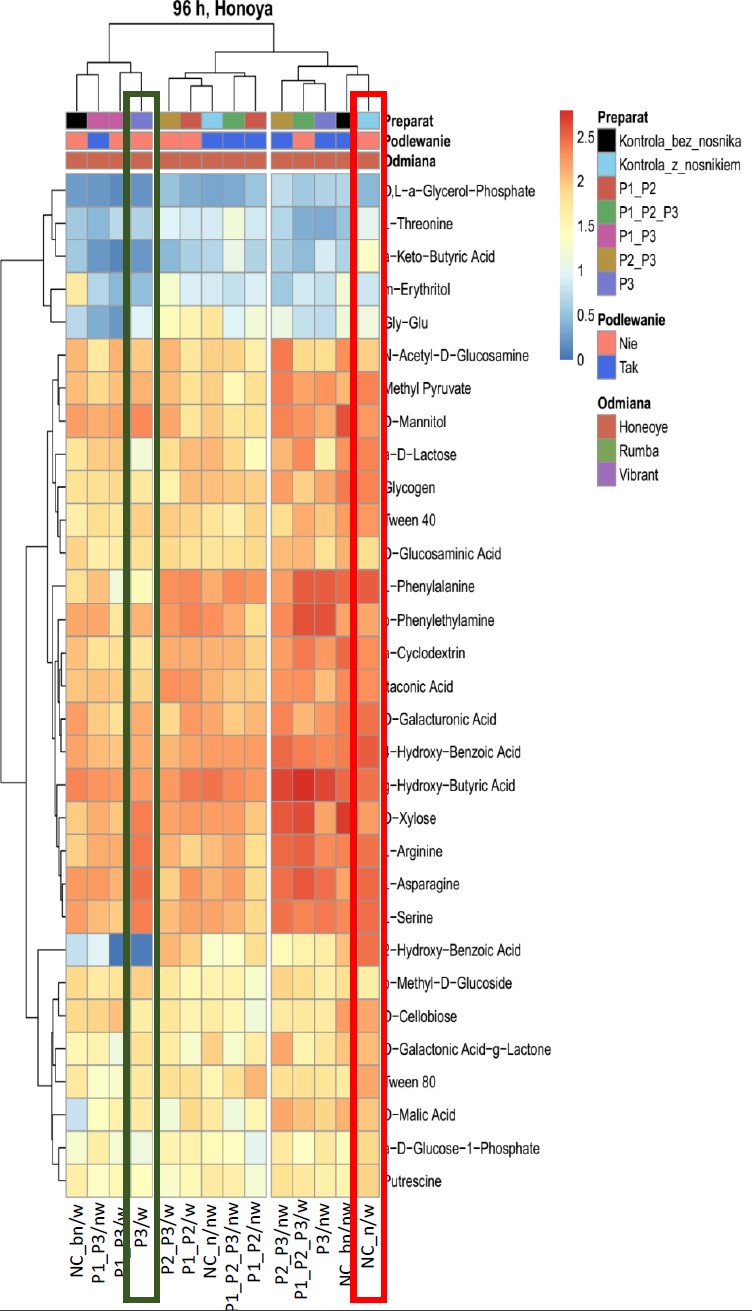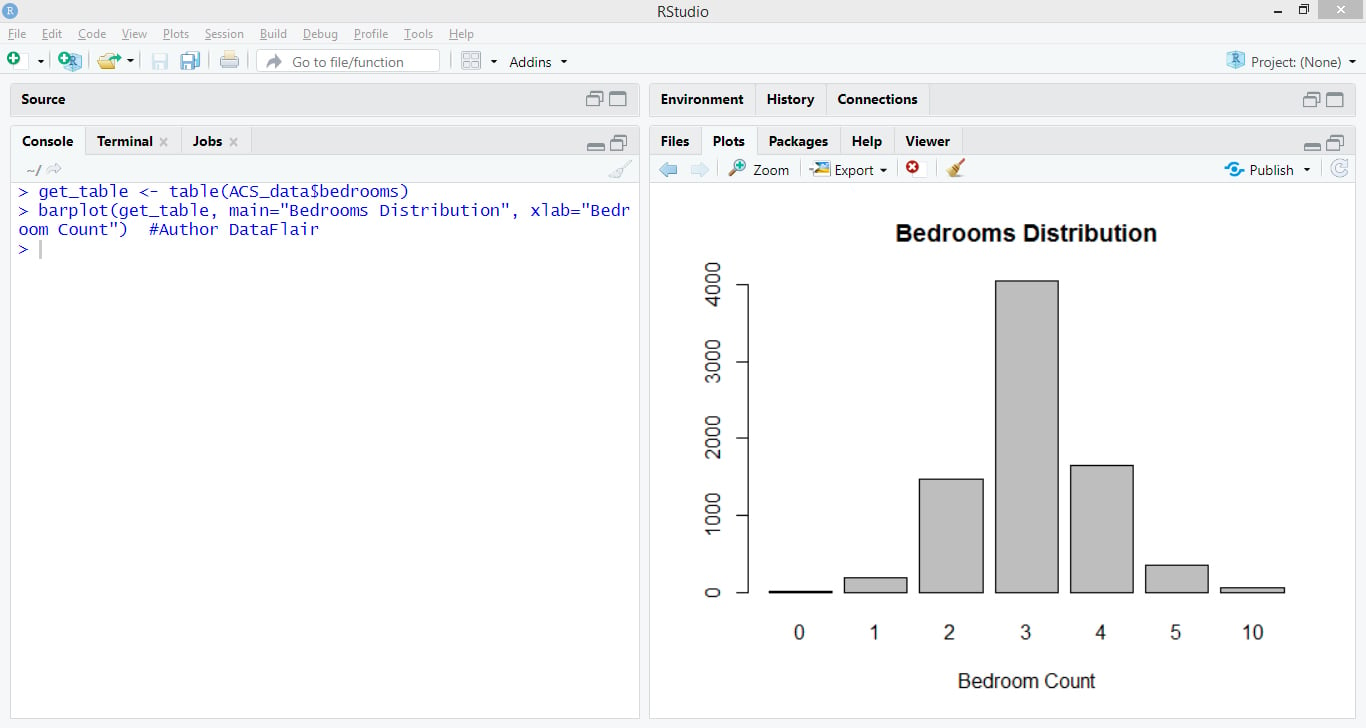
They borrow shamelessly from Colin Gillespie’s excellent blog post from last year, but are pitched at less knowledgeable folk, i.e. Hopefully these instructions will save you some fraction of that time. Also, some text-related R packages need quite specific stuff on the server before they’ll work. It took about a weekend to get all the details right, probably because, while I’m pretty familiar with Unix, I’m no devops expert. Meanwhile Microsoft was polishing its competitor, Azure, so this year, after confirming I didn’t have to actually run Windows anywhere, I decided I’d give that a try instead. It was a bit involved, but it definitely worked.

CHARMSTONE RSTUDIO ANALYSIS HOW TO
This post is about how to set all that up.įor the last few years, I’ve been using Amazon’s AWS infrastructure – big shout to James Lo, who helped me set it up the first time around. When students access an appropriately provisioned RStudio Server through their browsers they’re good to go from Lab one. That is, to run everything on somebody else’s computers, excuse me, ‘in the cloud’. Over the years, R and the various operating systems it has to live in have got a lot better about this but ultimately the best solution is… not to do it at all.

In particular, anything that involves compilation – and when you’re using quanteda, readtext, and stm, that’s lots of things – is going to be trouble. With three lecture and three labs the problem every year is getting the right R packages onto people’s machines.

I just finished teaching Computer-Assisted Content Analysis at the IQMR summer school at Syracuse.


 0 kommentar(er)
0 kommentar(er)
